The SU Glycoprotein 120 from HIV-1 Penetrates into Lipid Monolayers Mimicking Plasma Membranes
Résumé
Increasing evidence suggests that the HIV envelope binds through its surface (SU) gp120 not only to receptors and coreceptors, but also to other components of the cellular membrane where the glycolipids appear to be good candidates. To assess the ability of HIV-1 SU gp120 to penetrate into phospholipid membranes, we carried out a study of the interactions between a recombinant SU gp120 from HIV-1/HXB2 and artificial lipid monolayers mimicking the composition of the outer leaflet of the lymphocytes and which were spread at the air-water interface. We show that the protein, in its aggregated form, has amphipathic properties and that the insertion of this amphipathic species into lipids is favored by the presence of sphingomyelin. Furthermore, cholesterol enhances the penetration into mixed phosphatidylcholine-sphingomyelin monolayers. Coexistence of different physical states of the lipids and thus of domains appears to play a major role for protein penetration independently of the presence of receptors and coreceptors.
